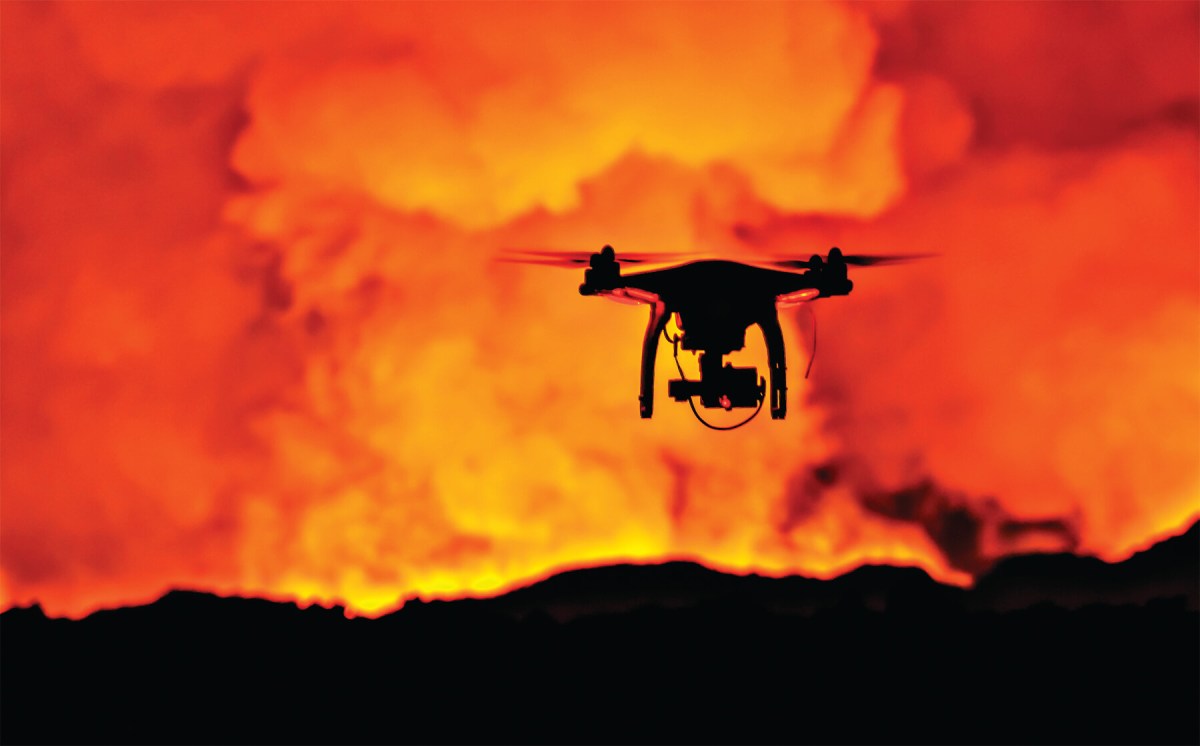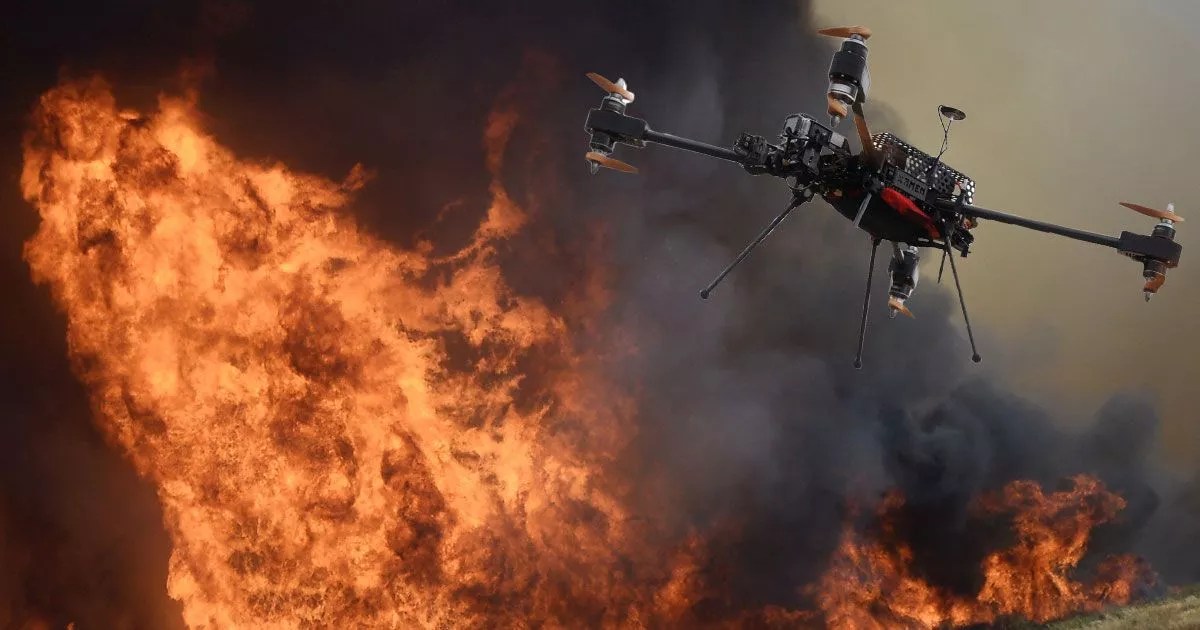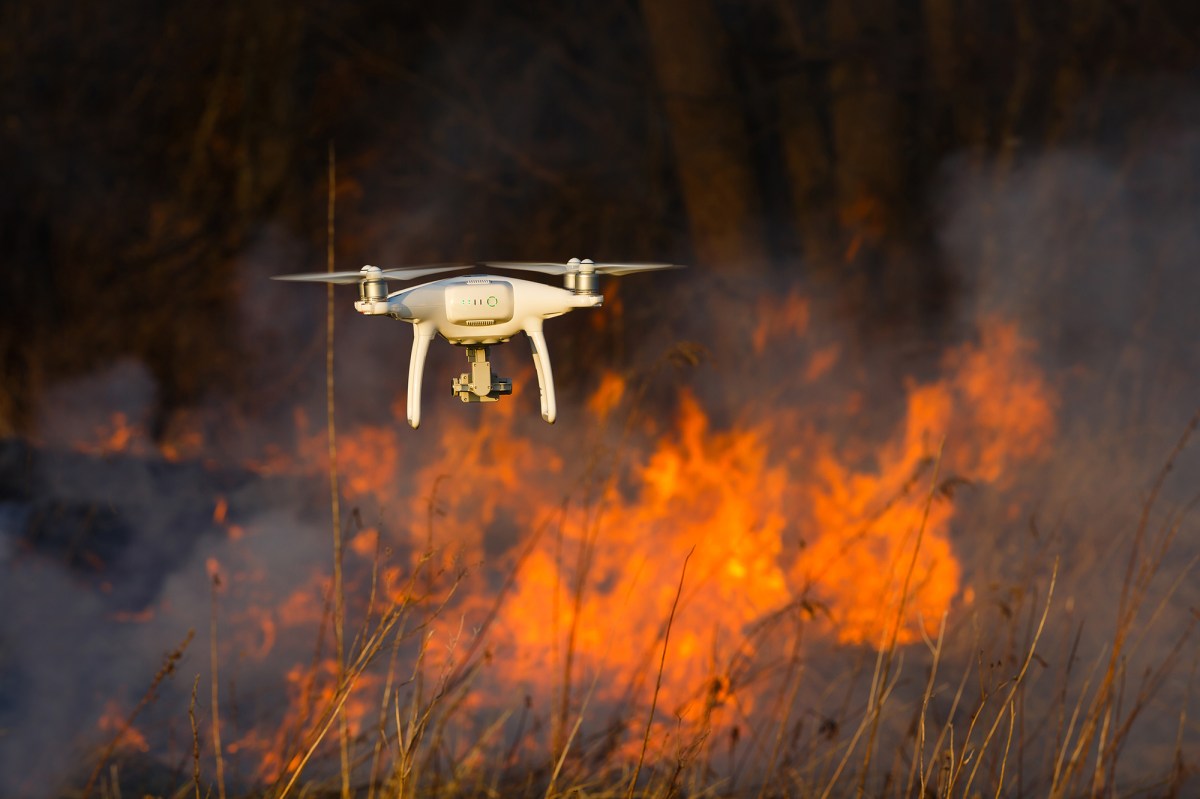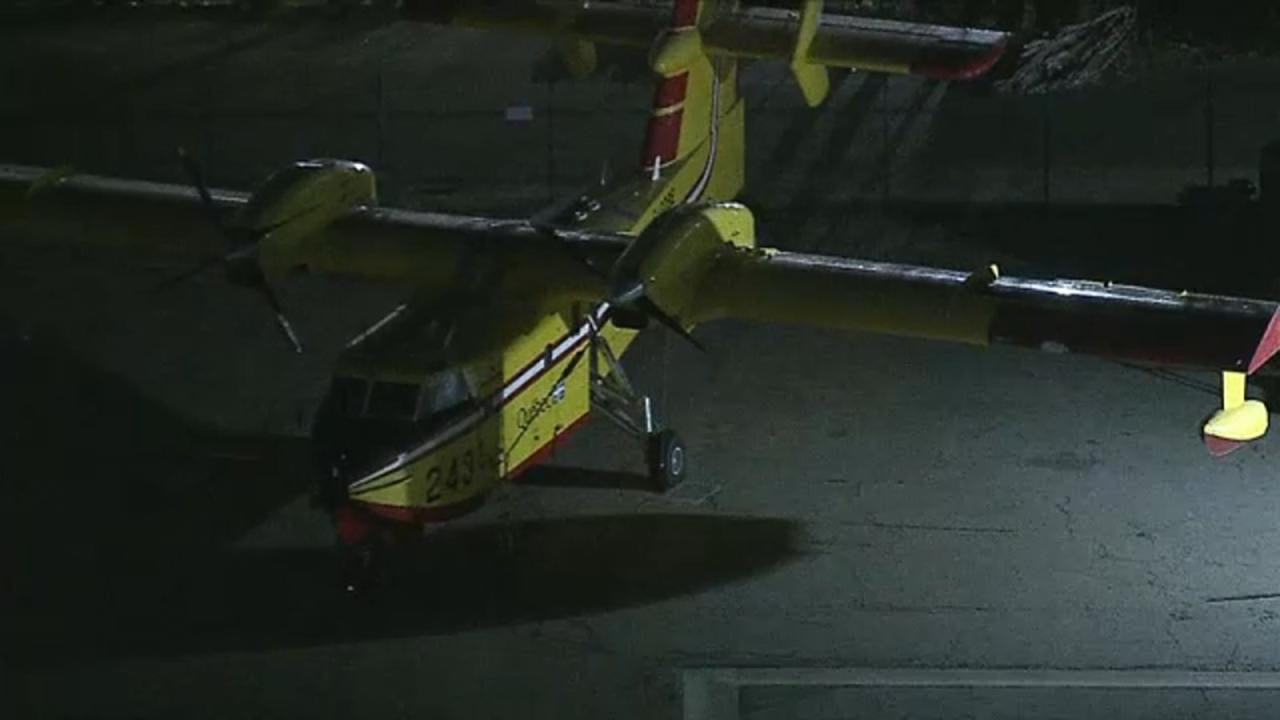Drone hits firefighting plane – it sounds like a scene from a disaster movie, but it’s a real and increasing danger. These seemingly harmless hobbyist devices, when operated recklessly or maliciously, pose a significant threat to the safety of firefighting aircraft and the crews inside. This article explores the growing problem of drone-aircraft collisions, examining the technology behind the threat, the current safety regulations, and the legal and ethical implications of these incidents.
We’ll also offer practical advice and explore potential solutions to mitigate future risks.
The increasing availability and affordability of drones, coupled with their enhanced capabilities, has led to a rise in near-misses and actual collisions with larger aircraft. The consequences of such collisions can range from minor damage to catastrophic loss of life. Understanding the factors contributing to these incidents, including drone operator negligence, technological limitations, and regulatory gaps, is crucial in developing effective prevention strategies.
Drone Strikes on Firefighting Aircraft: A Comprehensive Overview: Drone Hits Firefighting Plane
The increasing prevalence of drones presents a significant and growing threat to the safety of aviation, particularly to low-flying aircraft like firefighting planes engaged in crucial emergency response operations. This article examines the circumstances surrounding these incidents, the technological capabilities of drones, existing safety regulations, legal implications, and strategies for mitigating future risks.
Seriously, folks, drone safety is no joke. Imagine the chaos – a firefighting plane, crucial for battling wildfires, gets hit by a rogue drone. Check out this article detailing the incident: drone hits firefighting plane. The consequences of irresponsible drone use can be devastating, impacting both firefighting efforts and potentially causing serious harm. Let’s all fly responsibly and keep our skies safe.
Incident Overview

Incidents involving drones striking firefighting aircraft are relatively rare but carry potentially catastrophic consequences. These collisions typically occur when a drone, often operated without proper awareness of airspace restrictions or pilot competency, enters the flight path of a firefighting aircraft during critical operations. The size and weight of even small consumer drones, combined with the speed of firefighting aircraft, can result in significant damage and endanger the lives of pilots and ground crews.
Various drone types pose a threat, from small consumer models to larger, more sophisticated commercial drones capable of higher altitudes and longer flight times. While a precise timeline of all drone-aircraft collisions is difficult to compile due to underreporting and varied data collection methods, several notable incidents involving drones and other aircraft have highlighted the escalating risk. The consequences of such collisions can range from minor damage to complete aircraft failure, resulting in injury, fatalities, and significant financial losses.
| Aircraft Type | Speed (mph) | Maneuverability | Vulnerability to Drone Collision |
|---|---|---|---|
| Air Tractor AT-802 | 180-200 | Moderate | High (large surface area, low altitude operations) |
| Canadair CL-415 | 160-180 | Moderate | High (large surface area, low altitude operations) |
| Helicopter (e.g., Sikorsky S-64 Skycrane) | Variable, typically slower | High | Moderate (smaller target, but vulnerable to rotor damage) |
| Typical Consumer Drone | Up to 50 | High (agile) | N/A (initiates the collision) |
Drone Technology and Capabilities

Advancements in drone technology, including miniaturization, increased battery life, enhanced GPS navigation, and improved camera systems, have made drones more accessible and capable, inadvertently increasing the potential for dangerous interactions with aircraft. These advancements also impact control systems, introducing potential vulnerabilities through hacking, signal interference, or operator error.
Various drone models possess different capabilities; some high-end models can reach significant altitudes, far exceeding the operational ceilings of typical consumer drones. The visual and sensory capabilities of drones are constantly improving, although they generally lack the sophisticated sensor suites found in firefighting aircraft designed for situational awareness in challenging environments.
Hypothetical Scenario: A high-altitude drone, possibly equipped with a sophisticated camera system for surveillance, is operating illegally near a wildfire. The drone, programmed for autonomous flight, unexpectedly encounters a firefighting plane making a water drop. The plane’s downwash impacts the drone, causing it to lose control and collide with the aircraft’s propeller.
Safety Regulations and Countermeasures

Several regulations and safety protocols aim to prevent drone-aircraft collisions. These include airspace restrictions near airports and other sensitive areas, mandatory drone registration in many jurisdictions, and guidelines for safe drone operation. However, gaps exist in enforcement and technology, particularly concerning the detection and tracking of rogue drones. Improved drone registration systems, incorporating GPS tracking and real-time monitoring, are crucial.
Technological solutions, such as drone detection systems using radar or radio frequency identification (RFID), are being developed and implemented at airports and other high-risk locations.
- Increased pilot training on drone avoidance techniques.
- Development of drone jamming technology for emergency situations.
- Implementation of advanced warning systems to alert pilots of nearby drones.
- Improved public education campaigns on responsible drone usage.
Legal and Ethical Implications, Drone hits firefighting plane
The legal ramifications for drone operators involved in incidents with firefighting aircraft are significant, potentially including criminal charges, civil lawsuits, and substantial financial penalties. Ethical considerations surrounding drone usage near emergency response operations emphasize responsible behavior and adherence to all regulations. Insurance implications are substantial, impacting both drone operators and aircraft owners.
Legal frameworks governing drone usage vary across countries, impacting the potential charges and legal arguments in a hypothetical case study. For instance, a case involving a drone striking a firefighting plane might involve charges of reckless endangerment, property damage, and potential violations of airspace regulations. Legal arguments might center on operator negligence, inadequate safety protocols, and the effectiveness of existing regulations.
Public Awareness and Education

A comprehensive public awareness campaign should educate drone operators on safe flying practices, emphasizing airspace restrictions, responsible operation near sensitive areas, and the importance of understanding and adhering to all relevant regulations. Effective communication strategies, including online resources, social media campaigns, and community outreach programs, are essential.
Crazy news, a drone actually hit a firefighting plane! It makes you think about the potential dangers of drones, especially when you consider large-scale drone displays like the awesome detroit lions drone show – imagine the coordination needed to avoid accidents there. Hopefully, stricter regulations will prevent similar incidents with firefighting aircraft in the future.
An educational infographic depicting safe drone operation near aircraft would utilize clear visuals, such as labeled airspace zones, safe distances from aircraft, and examples of prohibited drone maneuvers. The infographic should emphasize the potential consequences of unsafe drone operation and provide clear instructions on how to obtain necessary permits and certifications.
Final Review
The threat of drones colliding with firefighting aircraft is a serious one, demanding immediate attention. While technology offers solutions like improved detection systems and drone tracking, responsible operation and robust public education are paramount. By understanding the risks, adhering to safety regulations, and fostering a culture of responsible drone use, we can significantly reduce the likelihood of future incidents and ensure the safety of our firefighters and the invaluable aircraft they rely on to protect our communities.
A drone hitting a firefighting plane is a serious issue, potentially causing major damage and disrupting crucial wildfire suppression efforts. These incidents highlight the importance of responsible drone operation near emergency response areas. Think about the vital role of a scooper plane , a specialized aircraft that scoops water directly from lakes and rivers; imagine the devastating consequences if one of these were disabled by a reckless drone.
Protecting these aircraft is key to effective wildfire fighting.
Quick FAQs
What are the penalties for flying a drone near a wildfire?
Penalties vary by location but can include hefty fines, jail time, and the confiscation of the drone. Always check local airspace restrictions before flying.
How can I tell if my drone is capable of reaching high altitudes?
Check your drone’s specifications for maximum altitude. Most consumer drones have altitude limits, but some advanced models can reach significant heights.
What should I do if I see a drone near a firefighting operation?
Immediately report the sighting to local authorities or the firefighting agency. Provide as much detail as possible about the drone’s location and appearance.
Are there insurance options specifically for drone operators?
Yes, many insurance providers offer liability coverage for drone operators, protecting them against potential damages or injuries caused by their drones.
